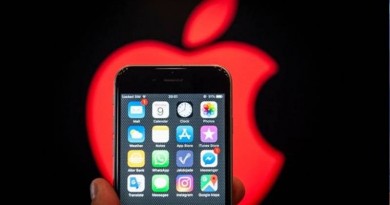Microsoft adds Igbo, Hausa, Yoruba plus 10 new African languages on its translation service
In order to enable text and documents to be translated into and out of these languages throughout the full Microsoft ecosystem of goods and services, Microsoft has introduced 13 new African languages to its Microsoft Azure Cognitive Services Translator.
The most recent African languages to be supported are chiShona, Hausa, Igbo, Kinyarwanda, Lingala, Luganda, Nyanja, Rundi, Sesotho, Sesotho sa Leboa, Setswana, Xhosa, and Yoruba, after the introduction of Somali and Zulu last year. Millions of people in Africa and throughout the world now have access to language support, bringing the total number of supported languages to 124.
It is revolutionary when we can give our communities more capacity to do and accomplish more throughout the continent, and it is even more transformative when they can do it in their own tongue. By this release, we continue to build significant cognitive products and services that improve accessibility and break down the language barrier between people and cultures all around the world said Wael Elkabbany, General Manager, Microsoft Africa Regional Cluster.
The addition of additional African languages, he continues, makes it possible for more individuals and companies to communicate across language barriers and ensures that using technology will become language-neutral.
Among the Microsoft ecosystem integrations are Microsoft 365 for translating text and documents, Microsoft Edge and Bing for translating entire webpages, SwiftKey for messaging, LinkedIn for translating user-submitted content, and the Translator app for multilingual discussions on the go.
People and organizations can use Translator to add text translation for African languages to apps, websites, workflows, and tools. They can also use the Document Translation feature to translate entire documents or large volumes of documents in a variety of file formats while maintaining the original formatting. Additionally, they can integrate Translator with cognitive services like voice or computer vision to provide their apps new features like speech-to-text and image translation. Live captioning and cross-language comprehension can help teachers create a more welcoming learning environment for both parents and students.
By utilizing the most recent neural machine translation (NMT) strategies, Microsoft has steadily expanded the number of languages and dialects that are supported by its Translator service. Machine translation systems were first created by the company through its Microsoft Research division more than ten years ago. Since then, the company has steadily improved these systems and techniques, adopting NMT technology as Artificial Intelligence (AI) advanced, and migrating all machine translation systems to neural models to increase translation fluency and accuracy.
We accomplish this by collaborating with members of the language communities who are able to collect data for particular languages and who have access to texts that have been translated by humans. This approach also helps us get around the problem of not having enough bilingual data to train and create a machine translation model. Elkabbany continues, “This network of partners aids in the collection of multilingual data, community consultation, and evaluation of the caliber of the resulting machine translation models.
Businesses may broaden their worldwide reach thanks to these constantly evolving capabilities, which allow them to engage with clients and partners in a variety of languages and localize content and apps swiftly, dependably, and inexpensively.
As part of Microsoft’s commitment to provide meaningful cognitive products and services that enhance accessibility and local engagement, more of the most widely spoken languages on the continent will be included.




